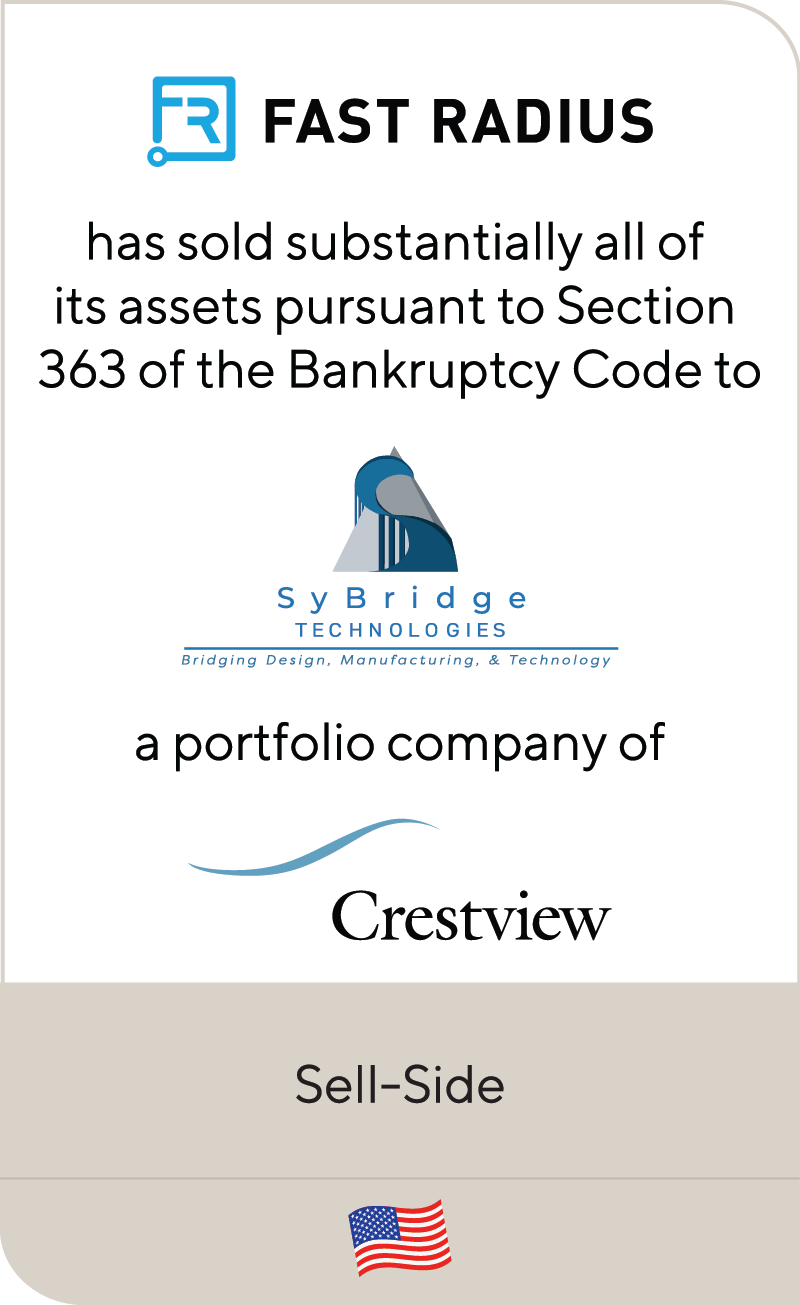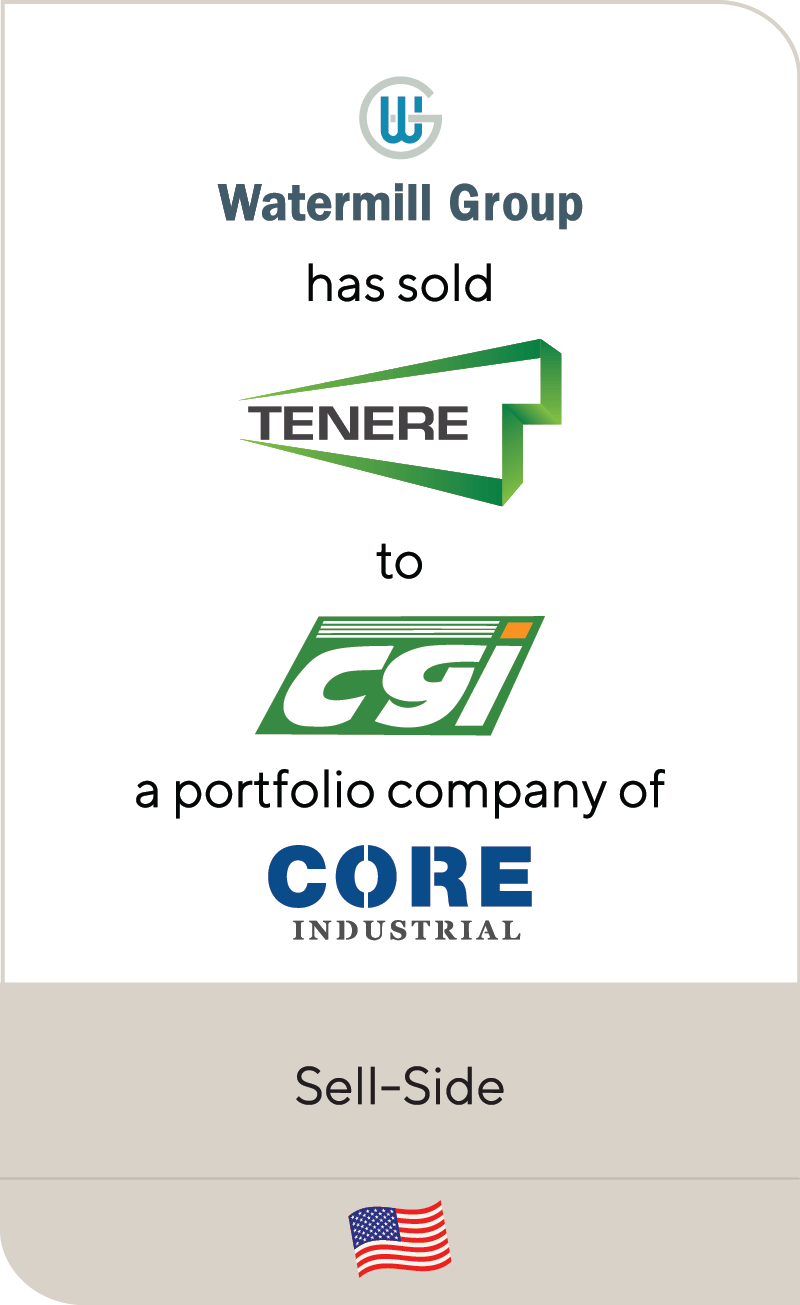Automated Storage and Retrieval Systems – Combining Efficiency, Speed, Accuracy and Safety
Aug 2022
E-commerce sales are currently approximately 22% of retail sales and are expected to increase to approximately 30% by 2025.[1] Increasing order volume, combined with an expectation of fast delivery and growing SKU counts, has brought material handling automation to the forefront for retailers and logistics providers.
Many businesses are choosing to invest in automation to increase warehouse efficiencies, reduce labor costs and shorten fulfillment cycles. Amidst a global labor shortage, fulfillment centers are struggling to hire, retain and keep safe the employees necessary to fulfill online orders. Companies are more motivated than ever to invest in automated storage and retrieval systems (AS/RS) to optimize inventory management.
AS/RS solutions are computer-controlled systems that automatically handle, store and retrieve loads from set locations in a facility. These technologies work in varying levels of collaboration with employees and range from mobile robots that move alongside employees to collect goods to more advanced automated solutions that automatically pick, combine and transport goods within a fulfillment facility.
Summary
-
Lincoln International has evaluated investment targets that private equity should consider in the automated storage and retrieval systems market.
- Click here to download a printable version of this perspective.
- Sign up to receive Lincoln's perspectives
AS/RS technology solutions can help improve operations by:
| Increasing efficiency and speed by picking and transporting items faster than human laborers. Walking time for picking can be reduced up to 70%.[2]
Reducing required labor and labor costs, presenting cost-effective alternatives to salaries and benefits and enabling facilities to be operational during longer hours. Maximizing warehouse space, allowing for better use of vertical space. Increasing accuracy utilizing sophisticated software to reduce errors during storage and picking. Improving safety by reducing walking time and lifting for human operators. |
AS/RS Technologies
Within the AS/RS space, there are a few technologies investors should consider:
| Autonomous mobile robots (AMRs) bring entire shelving units to a specific worker (goods-to- person) or transport goods picked by a person (person-to-goods) to another location around the facility. Compared to other solutions, AMRs are highly flexible, are able to adapt and reroute around surprise obstructions (e.g. moving forklifts) and require limited supporting infrastructure (i.e., compatible shelving units and a flat floor).
Cubic storage systems are ultra-high-density goods-to-person piece picking systems which utilize robots to store and retrieve inventory bins from a cubical storage grid. Shuttle systems use conveyors and lifts, motorized carts (shuttles), to retrieve items from high-vertical storage. Vertical lift modules (VLMs) store vertically using an elevator with an extractor in the middle of the machine. VLMs house a series of shelves or trays that provide high-density storage. Unit load / mini-load systems are rack-based systems using cranes to retrieve items. Unit load machines store large loads, typically on pallets within a storage rack structure. Mini-load systems typically handle smaller, lighter objects. |
Lincoln Perspective
The AS/RS market is estimated to reach $11 billion by 2026. Still relatively fragmented, there is opportunity for investors to participate in AS/RS market growth. North America is currently farther along in the adoption of these technologies, but we expect to see increased activity in Europe over the next few years—providing additional investments for private equity (PE).
When evaluating investment targets in AS/RS, PE should consider the following four areas:
| AS/RS Product Original Equipment Manufacturers (OEMs):
AS/RS product companies focus on hardware and software technology. Several of these companies have received substantial venture capital funding to support product development and customer acquisition, creating high barriers to entry, however, there are new entrants offering innovative solutions that could rapidly take share. |
| AS/RS Components and Assembly:
These companies produce key components (e.g., precision machine parts) and / or provide assembly services for OEMs that are more focused on product development and customer acquisitions versus manufacturing and assembly. |
| AS/RS Integrator Companies:
Many AS/RS OEMs require system integrators to help customers through the initial installation and start-up process, as well as to coordinate the AS/RS components of the system with the rest of the material handling operation. |
| AS/RS Maintenance Solutions:
While many implementations are newer, AS/RS products are going to require maintenance and repair over time. Companies with the right infrastructure (e.g., local technicians and repair sites) and expertise can benefit from the rapidly increasing AS/RS installed base. |
[1] UBS – Non-Residential Construction Update
[2] ASRS Trade Association
Contributors

I am resolute in providing honest, insightful and pragmatic advice to clients.
Adam Hunia
Managing Director
ChicagoMeet Professionals with Complementary Expertise in Industrial Technology

I am a rigorous advocate for my clients with a hands-on, communicative approach, focused on delivering intense advocacy and outlier results.
Sean Bennis
Managing Director & Co-head of Industrials
Chicago
I am resolute in providing honest, insightful and pragmatic advice to clients.
Adam Hunia
Managing Director
Chicago

















